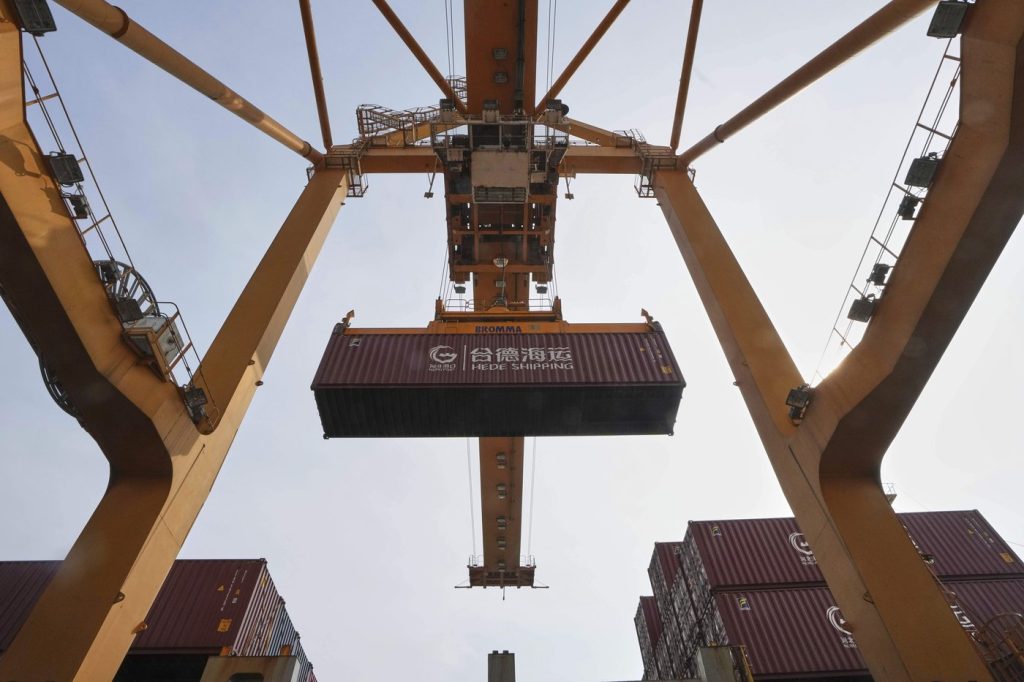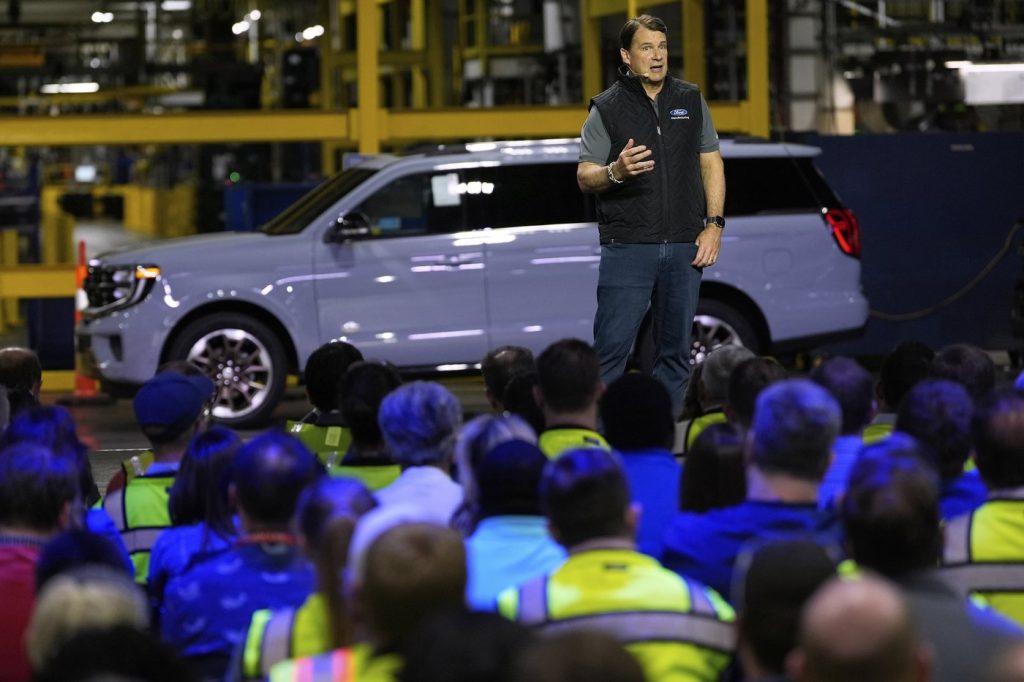FRANKFURT, Germany (AP) – On April 2, the Trump administration introduced a comprehensive set of tariffs aimed at compelling other nations to eliminate their trade barriers against U.S. goods. Originally postponed for 90 days, these tariffs range from 10% to more than 50%, with existing tariffs on China already in effect.
President Donald Trump’s criteria for defining trade barriers extend far beyond the tariffs imposed by other countries. His administration is targeting various areas that typically aren't linked to trade issues, including agricultural safety regulations, tax structures, currency exchange rates, product standards, legal obligations, and bureaucratic hurdles at international borders. The three-month window for negotiations challenges foreign countries to make concessions that can often be complex or unattainable.
Recently, Vice President JD Vance announced that India has accepted the terms for trade discussions with the United States; however, other nations are still trying to navigate the terms of these negotiations. The White House has indicated conflicting objectives in its import taxes, aiming to increase revenue, bring manufacturing jobs back to the U.S., gain better access to international markets, and implement significant alterations to the tax and regulatory frameworks of other countries.
The administration's focus includes several critical non-tariff issues. Among these is the topic of currency exchange rates. Trump has accused nations like Germany, China, and Japan of 'global freeloading' by allegedly devaluing their currencies to make their exports more competitive. The European Central Bank has been cutting interest rates to encourage growth, which may contribute to the euro's volatility against the dollar. Japan's Bank of Japan, on the other hand, is gradually raising rates, which has led to a strengthening yen against the dollar.
Another contentious issue is agricultural products. Throughout the years, agricultural safety measures against pests and health risks have caused friction between the U.S. and its trading partners. For instance, Japan has stringent restrictions on rice and certain potato imports, while the EU maintains bans on hormone-treated beef and chlorine-washed poultry. These safeguards face significant political opposition within those countries, making negotiations tough.
Taxation has also emerged as a focal point. Trump has criticized the value-added tax (VAT) as an impediment to U.S. enterprises, despite economists arguing that it is effectively neutral in trade terms. The U.S. does not utilize VAT, unlike over 170 other countries, making it unlikely that nations will alter their tax policies to accommodate Trump’s demands—especially since the EU has dismissed VAT discussions altogether.
Product standards pose another area of contention. U.S. officials have raised concerns regarding Japan’s failure to recognize U.S. vehicle safety standards and varied testing regulations for automotive parts. Furthermore, Japanese subsidies favor local standards for electric vehicle charging systems, disadvantaging foreign manufacturers.
On the bureaucratic front, excessive or ambiguous procedures for importing goods persist as a significant barrier. The U.S. has expressed frustrations over delays in obtaining export permissions, particularly in the seafood sector and the bureaucratic challenges surrounding wheat and rice imports into Japan.
While these non-tariff issues are high on the administration’s agenda, some analysts predict that Trump's main goal lies elsewhere. His focus is potentially centered on reducing trade deficits by encouraging foreign nations to purchase more American products and invest in U.S.-based manufacturing. This strategy aims to fundamentally alter the trade balance favorably for the U.S.
Energy exports, particularly natural gas, remain crucial—last year, the U.S. exported approximately $13 billion in liquefied natural gas to Europe. However, Trump’s asserted target of $350 billion in gas imports from the EU appears overly ambitious against the backdrop of Europe's long-term goals for reducing fossil fuel dependency.
In summary, the administration’s focus on detailed non-tariff issues may serve as leverage for implementing higher tariff rates rather than an indication of willingness to negotiate on these fronts. Experts note that despite the range of non-tariff barriers affecting trade relations, the underlying ambitions of the administration prioritize a broader shift in production and trade patterns that may not readily align with conventional negotiations on these issues.












